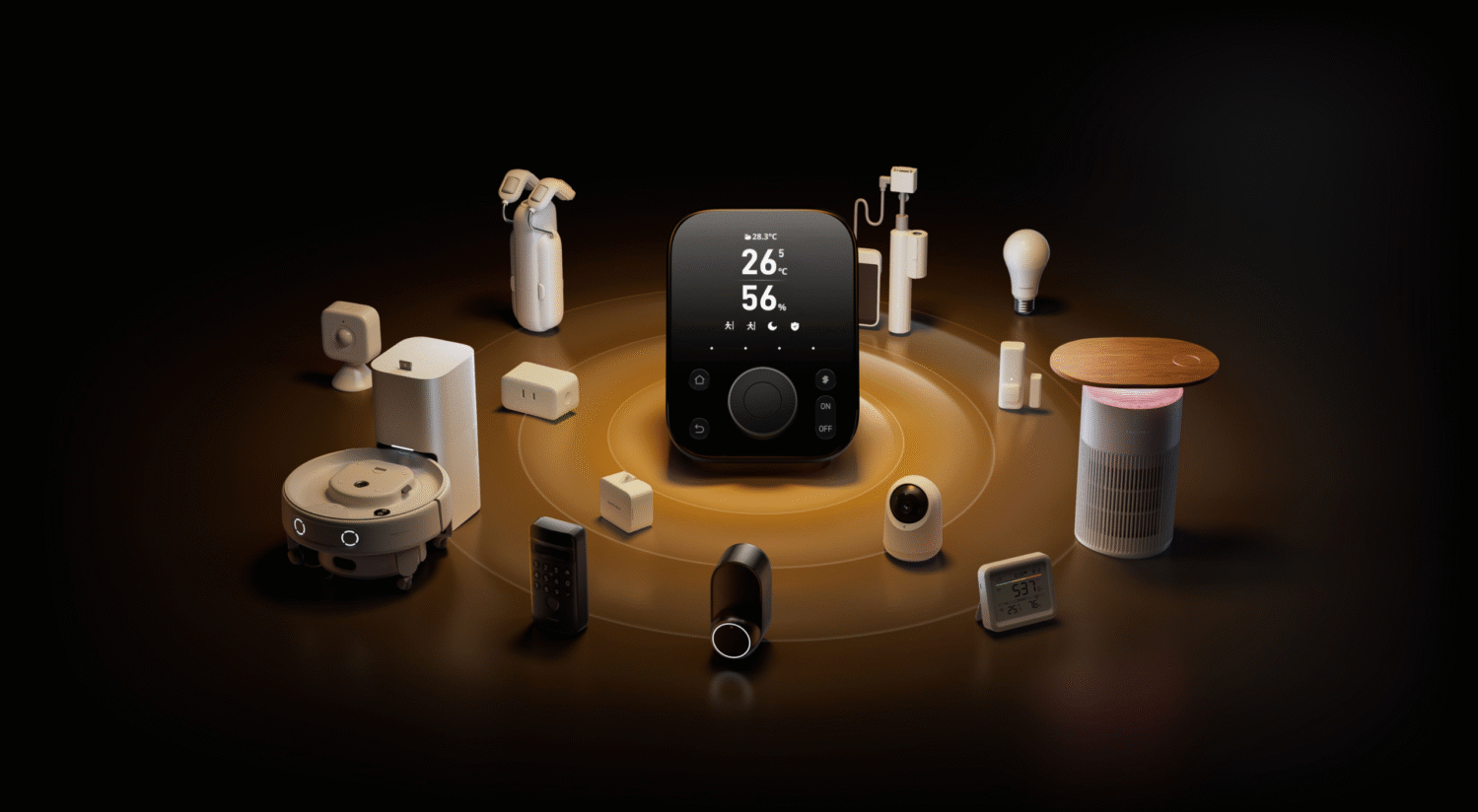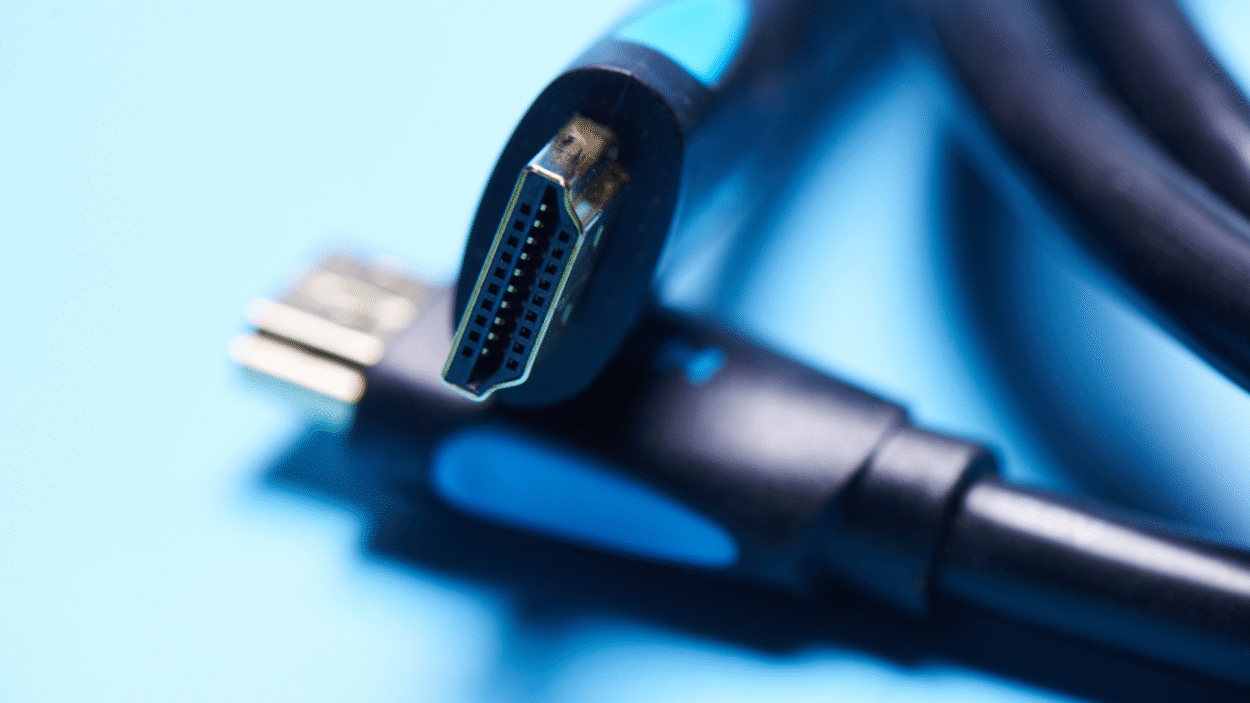Dedicated smart home hubs, were once considered the central nervous system of a connected home. Then they saw a decline in mainstream popularity due to the rise in popularity of versatile smart speakers, interoperability issues, complexity for average users, and the increasing capabilities of hub-less devices.
Today, smart home hubs are experiencing a resurgence in popularity driven by:
- The rising number of smart devices in a home (thermostats, locks, lighting, etc.). This has driven the need for a unified interface for control of all these devices.
- A push towards greater interoperability within the smart home. A smart home hub provides a host for centralized automations that can integrate the operation of smart home devices from different manufacturers.
- Consumers desire to leverage smart home technology to save energy and lower utility bills. A smart home hub’s ability to manage and optimize the energy consumption of various connected devices helps users to save energy, reduce their environmental impact, and lower utility bills.
- Technological advancements including the Matter smart home standard and the Internet of Things (IoT) has provided consumers with smart home devices that offer a wide range of functionality. This has led to consumers purchasing smart devices from different manufacturers and a hub provides an integration point to make these devices work together.
- While manufacturers are releasing new smart home devices that support the Matter smart home standard, there are still a great number of smart devices offered by manufacturers that use Zigbee and Z-Wave protocols that require a hub for integration.
- The growing popularity of the Matter smart home standard has led smart home device manufacturers to develop hubs that include technology to bridge their legacy products to the Matter protocol.
SwitchBot is an award winning, Chinese manufacturer of smart home products that was founded in 2016. SwitchBot’s focus is on products that make the existing items in your home smart.
The SwitchBot Hub 3 is the company’s latest hub for smart home control. The Hub 3 is a Matter-enabled smart home control hub that supports the products in the SwitchBot smart home ecosystem and consolidates a wide range of additional functionality into a single device including:
- Centralized and intuitive user interface for management of a smart home through control of the devices connected to the Hub 3 using its physical buttons and knob, control using the SwitchBot app, and control through integrated voice assistants from Amazon and Google.
- A rotary knob with a central button for selection of items on the Hub 3 display and precise control of volume, temperature, and brightness of devices.
- Four Customizable scene buttons for quick access to preferred settings.
- Real-time indoor and outdoor environmental data monitoring including the local weather forecast and built in sensors for temperature, humidity, motion, and light.
- Supports custom automation routines based on built-in sensors and preset criteria.
- Integration of over 100,000 infrared (IR) devices, including TVs, air conditioners, disc players, and much more.
- Supports control of streaming media players including Apple TV, Fire TV, Chromecast, Roku, and others.
- Integration with Siri Shortcuts, SmartThings, Homey, and IFTTT.
- Built-in Matter bridge technology that bridges up to 30 SwitchBot devices to the Matter smart home standard for integration within other Matter compatible ecosystems.
- Supports up to 30 programmable commands to activate automation scenes consisting of Matter-compatible products from other brands that have been integrated with Apple Home.
Diving In
The SwitchBot Hub 3 is a nice-looking smart home device that can be mounted on a wall or placed on a horizontal surface. Everything you need for either placement is packaged with the Hub 3 including a stand, double sided mounting strips, screws with wall anchors, a power supply, and a USB-A to USB-C power cable. The USB power cable incorporates temperature and humidity sensors. Readings from these sensors can be displayed on the screen of the Hub 3 and leveraged in automations. One thing to be aware of is that the USB power cable is black so, as shown in the above image, it will stand out if the Hub 3 is mounted on a light-colored wall.

Setup of the Hub 3 is very simple.
- Download the SwitchBot app and create an account.
- Plug the Hub 3 into an outlet using the included power supply and cable.
- Press the “+” button in the app to add a new device.
- Select the Hub 3 from the list of devices shown in the app.
- Follow the on-screen prompts.
The Hub 3’s display provides:
- A view of environmental conditions inside and outside the home.
- The local weather forecast.
- Lock and door open/close status when used with SwitchBot lock products.
Control using the Hub 3’s physical user interface is accomplished through:
- Four user customizable scene buttons. Each button is marked by a small white dot on the display with illuminated icons that depict what a button will control.
- A home button that returns the user to the home page of the Hub 3’s display.
- A return button that returns the user to the prior page of the Hub 3’s display.
- A button with the SwitchBot logo on it that will display a list of devices connected to the Hub 3.
- A rotary knob that can select different options shown on the Hub 3 display, such as selecting a device to control from the list of devices displayed by pressing the button with the SwitchBot logo. The rotary knob can also provide adjustment of different device settings such as volume and brightness.
- A select button in the center of the rotary knob.
- Buttons labeled “On” and “Off” used for controlling power and features of connected devices
Overall, the Hub 3’s physical layout makes it easy to control SwitchBot and 3rd party devices that have been integrated with the Hub 3. It also provides a convenient portal to understanding indoor/outdoor environmental conditions and the state of exterior doors and locks that have been fitted with SwitchBot lock products. This is in sharp contrast to hubs from many other manufacturers that are just small, blank, boxes that are best hidden in a closet or underneath a piece of furniture.
Another useful feature of the Hub 3 is a built-in speaker. The speaker can be leveraged for:
- Monitoring the temperature, humidity, dew point, and vapor pressure deficit (VPD) in the home and sounding an alert if they drift outside a predetermined range.
- Sounding an alert when a paired device’s doorbell button is pressed.
- Sounding an alarm on specified days at specified times.
The Hub 3 also includes a do-not-disturb feature so the above sounds can be silenced at selected times.
Automations
The real power of the SwitchBot Hub 3 is the ability for a user to create automations. This can be challenging for many people. However, SwitchBot simplified things by including “Recommended” automations that can be enabled by a user and customized to include the devices they have connected to their hub. A few of the recommended automations are “Leave Home,” “Sleep Time,” “Return Home,” “Wake Up,” and “Garage Door Left Open.”
As an example, the “Leave Home” automation includes the ability to be triggered by a SwitchBot Wallet Finder card being detected away from home for over 10 minutes or a door contact sensor being opened. The automation can then turn off lights, turns off privacy mode on SwitchBot cameras, turn off dumb devices with a SwitchBot Bot, and more.

However, this does bring up one limitation that I found. The Hub 3 can control infrared (IR) devices such as TV’s, CD/DVD/Blu-ray disc players, set-top boxes, fans, air conditioners, projectors, and many other types of devices in the same way the devices’ original remote control can control them. SwitchBot has amassed a library of IR command sets for over 100,000 devices. The ability to integrate control of IR devices with the Hub 3 is a great feature. However, the devices I tested only included a command to toggle the power state of the device, not the ability to turn it on with one command and turn it off with a second command. The reason this is an issue is easily demonstrated with the “Leave Home” automation.
Including the ability to turn off TVs around a home when a home is not occupied is a great feature for saving energy and money on your utility bill. But without discrete commands for power on and power off it can’t be done reliably. With only a power toggle IR command, when the homeowners leave their home and the “Leave Home” automation is triggered, a power toggle command would be sent to the TV. If the TV is currently off, the power toggle command would turn the TV on. The TV would then remain on until the homeowners return home and turn the TV off themselves. This is not the desired outcome of a “Leave Home” automation that is supposed to save you money on your utility bill. Not every device that is controlled by IR includes discrete power commands, but many do. So, in conclusion, SwitchBot needs to update their library of IR command sets to include discrete power commands for all devices that support them. Only when this happens can users really include IR devices in their automations.
Matter
The Matter smart home standard is a unified, open-source connectivity standard developed to improve compatibility, reliability, and security across smart home devices and ecosystems. A primary goal is to enable smart home devices from different brands to work seamlessly together.
The SwitchBot Hub 3 supports the Matter standard two ways:
- It bridges up to thirty SwitchBot devices, that don’t have built-in Matter support, to the Matter standard so they can be controlled from other Matter compatible smart home ecosystems including Apple Home, Amazon Alexa, Google Home, Samsung SmartThings, Home Assistant, Hubitat Elevation, and others. This allows these SwitchBot devices to be controlled from any of these other ecosystems.
- It allows the creation of up to thirty Matter compatible virtual buttons that can be used in the SwitchBot ecosystem to control third-party Matter compatible devices. For example, you can attach one of these virtual buttons to the press of one of the four physical scene buttons on the SwitchBot Hub 3 and have it turn on a third-party Matter compatible smart plug connected to Apple Home.
I spent a good amount of time testing the Hub 3’s Matter integration capabilities. And while I can’t say it was lightning fast, it was very functional and reliable.
Conclusions
The SwitchBot Hub 3 provides a user-friendly solution to the growing complexity of modern smart homes. As the number and variety of connected devices expands, so does the need for centralized control and interoperability. The device’s design, physical controls, and visual interface differentiate it from other nondescript hubs. Its support for the Matter standard bridges legacy SwitchBot devices with other ecosystems. However, a notable limitation lies in its handling of IR-controlled devices, where the lack of discrete power commands can undermine the reliability of automations when they are included. Despite this, the SwitchBot Hub 3 emerges as a well-rounded, forward-looking hub that reflects the evolving demands of smart home users.








